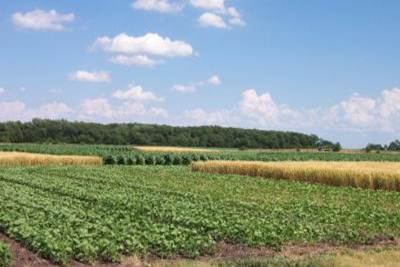Count Down to the Northwestern Agricultural Research Center Field Day

Preparations are underway for the 32nd Annual University of Illinois’ Northwestern Agricultural Research Center Field Day. The program will begin at 8 am on Wednesday, July 17th.
Buses will carry members of the public to different stops in the research center where specialists from the University of Illinois’ Department of Crop Sciences or Extension personnel will present their most current crop and pest management research and recommendations.
Topics and speakers include:
Identification and management of Goss’s wilt of corn –…





